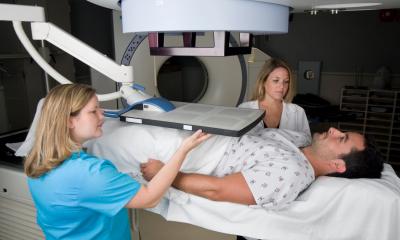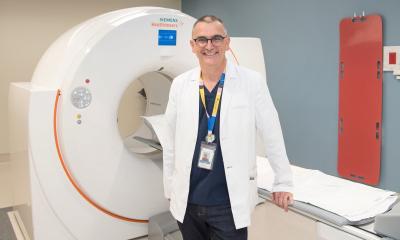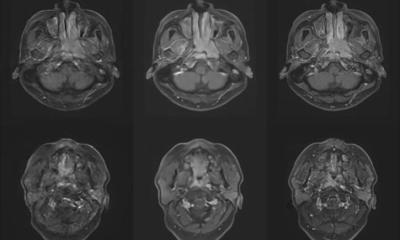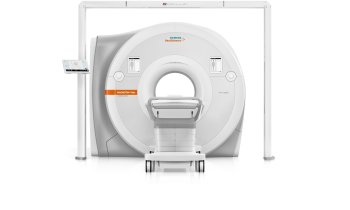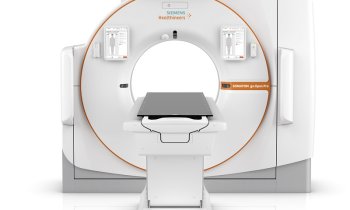Radiologists all over the world celebrate the International Day of Radiology
The first International Day of Radiology (IDoR) will be celebrated on November 8, as participating societies from all over the world will host a series of events to highlight the role played by radiology in modern medicine and help raise the public profile of the radiologist.
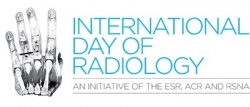
The initiative, which was launched by the European Society of Radiology (ESR), the Radiological Society of North America (RSNA) and the American College of Radiology (ACR), commemorates the day Wilhelm Conrad Röntgen discovered the existence of x-rays in 1895. The organisers hope to draw public attention to the medical and scientific benefits of medical imaging, a dynamic discipline evolving through constant technological innovation. X-rays, MRI scans, ultrasound and numerous other medical imaging technologies are known to many people, but the exact purpose and value of these services is not widely understood, experts believe.
“We want to celebrate the birthday of our specialty, by showing the world who we are, how well prepared we are, and what we can and are willing to do for the benefit of our patients,” said Professor Lorenzo Derchi, ESR Communication and External Affairs Committee chairman.
The organisers aim to raise awareness of the essential role the radiologist plays as part of the healthcare team in countless medical scenarios, as well as the high educational and professional standards required of all staff working in medical imaging.
“We want to improve the professional image of the radiologist and the expert behind modern equipment. We want to underline the fact that there are smart people behind the smart machines we are using. Technological advances are important, but more important are the dedication and professionalism of the radiologists who use them,” Prof. Derchi said.
This year, the day will focus on oncologic imaging, to reflect the important role radiology plays in all stages of cancer management, from early detection and prevention, to treatment monitoring and follow-up.
“Radiologists have developed special competences in these fields and shown how screening programmes can detect early stage tumours and save lives. They have invented new minimally invasive treatments as well as new ways to follow up the response to the most advanced therapies,” Derchi said.
A total of 42 European national radiological societies and 14 European subspecialty & allied sciences societies have been invited to participate, many of whom will arrange their own activities, such as public lectures, departmental open days, national media appearances and press events. In North America, 20 radiology related societies will take part in the International Day of Radiology.
The initiative has received the full cooperation and involvement of the International Society of Radiology, as well as umbrella organisations from all continents, including the Asian Oceanian Society of Radiology, the Colegio Interamericano de Radiología, the Royal Australian and New Zealand College of Radiologists, and the Radiological Society of South Africa, which also represents neighbouring countries.
This is not just an important day for radiologists, it also has long-held significance for radiographers who use their expertise and knowledge of radiological physics to help diagnose and treat patients. Given its importance to their profession, the European Federation of Radiographer Societies has also chosen to support IDoR 2012.
The ESR has produced a booklet on oncologic imaging for IDoR 2012, with the cooperation of various world-renowned experts. A second booklet, on the history of radiology, has been produced in cooperation with the International Society for the History of Radiology.
All the key information about the International Day of Radiology, including the booklets about oncologic imaging and the history of radiology, can be found on the official International Day of Radiology website: http://internationaldayofradiology.com.
31.10.2012



